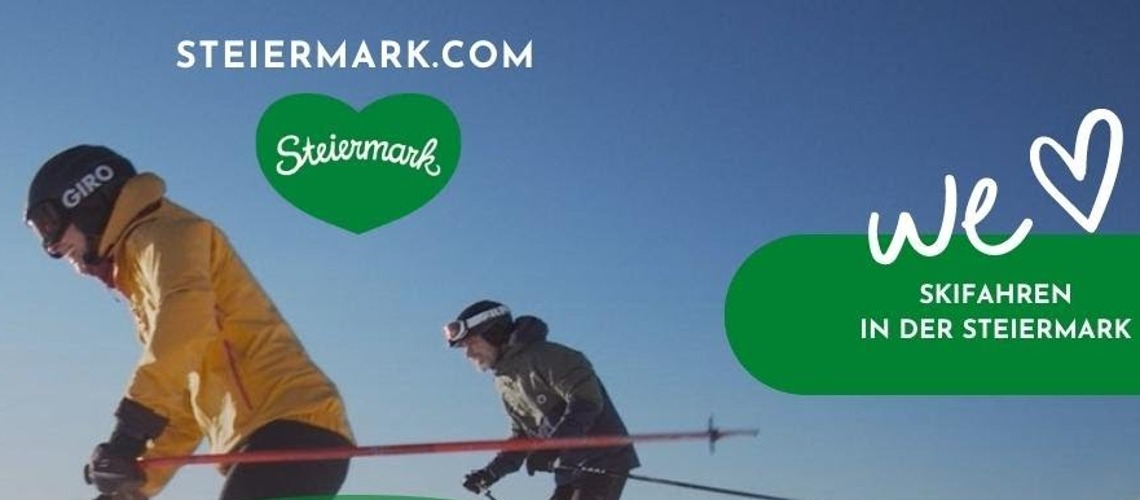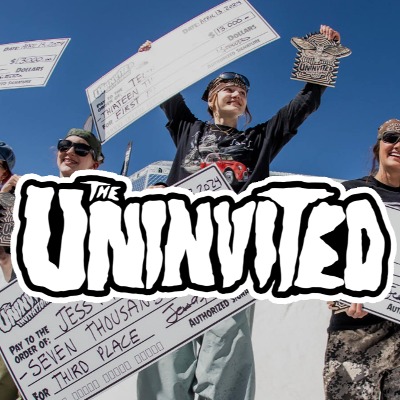Research Shows Skiing Generates 420 Million Euros In Added Value In Styria

The Styrian lift co's are more closely linked to other industries than one would expect. Their offer of opening up the world of mountain adventure to people is what makes many economic sectors possible in the first place. A new study by the Institute for Economic and Location Development of the Styrian Economic Chamber shows these interrelations in detail and proves the high importance of the cable car industry.
Winter is just around the corner and with it the next ski season. A sport that shapes the country like no other - also economically. A new study by the Institute for Economic and Location Development (IWS) shows how closely and which sectors are particularly linked to it. This study takes a close look at the links between the approximately 100 Styrian cable car companies and tourism and trade, as well as the value creation effects triggered by this.
A total of around 1,300 people are employed just to keep the white and green cable cars running. "This shows what a massive job engine our companies are," emphasises Fabrice Girardoni, chairman of the cable car specialist group in the Styrian Economic Chamber. Around 6,900 jobs in various sectors and 2.5 million overnight stays in ski tourism are linked to the cable car industry. Without them, the retail sector would also face losses running into the millions - as up to 60 percent of sales in the sporting goods trade are related to winter sports. In addition, investments by the cable car companies would be lost - around 105 million euros in the current year alone or 55 million in the previous year.
No winter tourism without cable cars
Because those who go up the mountain usually do so to come back down on skis or a snowboard: there were 3.7 million "skier days", i.e. first-time entries into the ski areas, in the 2023/24 season. "If you look at ski tourism alone, this results in 2.5 million overnight stays in Styria each year. Almost every second overnight stay in Styria in winter is therefore due to skiing," says Johann Spreitzhofer, Chairman of Tourism and Leisure at the Styrian Chamber of Commerce. The cable cars generate a whopping 420 million euros in added value per year through the tourism and trade-specific consumption effects in our state alone: "Without cable cars, none of this would exist," emphasizes Spreitzhofer.
Regional sporting goods retail needs lift operations
The example of the sporting goods trade illustrates the snowball effect of the cable car industry on retail, because around 100 million euros in sales and around 1,000 employees in retail can be attributed to the cable car industry or the "skiing or snowboarding" motive: "These are customers who buy clothing and equipment for skiing or snowboarding," says Harald Scherz, deputy chairman of the fashion and leisure goods trade: In other words, all sports for which you have to travel up the mountain into the snow - by cable car.
The Styrian ski, snowboard and cross-country skiing schools are particularly important in the area of children's and youth sports and school sports. In total there are 75 winter sports schools, which are run as individual companies or as schools with up to 90 employees. In the Styrian ski schools, 1,700 ski instructors teach around 40,000 children every year.
A mountain of investments
The investments made in and around the cable car industry are massive. Companies are investing 105 million euros this year in the construction, maintenance, upkeep and expansion of the facilities. "If this were to be eliminated, around 70 million euros in gross value added would be at risk, including industries that are directly or indirectly linked to the cable cars through intermediate inputs (mechanical engineering, construction and related trades, services or trade," says IWS consultant Robert Steinegger.
These investments also employ around 745 people across the entire economic cycle. "For every million euros invested in cable cars, €650,000 in effects are triggered across the economy as a whole in various sectors. And for every job created directly, another job is employed through indirect and induced effects," says the expert.
Cable cars as an economic driver
The new IWS study provides very good details of the close links between the cable car industry and other industries. "To estimate the regional economic impact of cable car investments, we used a value creation model from Joanneum Research that was specially adapted for the business location of Styria," reports IWS consultant Robert Steinegger. Using this value creation model, the experts calculated the positive macroeconomic and regional economic effects of the investments made by the cable car industry. To illustrate the consumption effects, data from the market research institute MANOVA was used and subjected to a plausibility check.
Tourism Department's promotional campaign will continue in 2025
In order to continue to encourage companies to invest, State Tourism Minister Barbara Eibinger-Miedl is extending the "Hochweiß" funding campaign for 2025. As part of this quality initiative, small and medium-sized ski and cross-country skiing areas that invest in improving the quality of lifts, slopes and trails, the construction or expansion of snowmaking systems, greater energy efficiency or digitalization measures are supported. A maximum of 20 percent of the total costs are funded up to an investment of 500,000 euros. In the past two years, a total of 41 projects with a total investment volume of 11.3 million euros were supported as part of "Hochweiß".
"Small and medium-sized ski and cross-country skiing areas play an important role for Styria as a winter sports region. They are important employers in the Styrian regions and make a significant contribution to getting our children and young people excited about winter sports. That is why we will continue to support the companies with their investments in the coming year," said State Councillor Eibinger-Miedl, who also launched the school ski course initiative.
marketing focus on ski tourism
Since this year, the tourism department has also been supporting marketing initiatives in the adventure regions on specific topics. One focus is on ski tourism. With a total of 500,000 euros from the state, activities in Austria and ten international markets are being strengthened. "Winter sports are an important pillar of domestic tourism. We therefore want to raise awareness of the diverse range of offerings in Styria at home and abroad," says Eibinger-Miedl.
Figures, Data and Facts
- The lift co's invested 105 million euros in 2024 and 55 million euros in the previous year
- The resulting added value amounts to around 70 million euros across the entire economic cycle, which corresponds to an investment multiplier of 0.65.
- Around 2.5 million overnight stays per year are due to skiing, which is 43 percent of all overnight stays in winter. Foreign overnight guests in particular are crucial for the tourism balance (so-called service exports).
- There are around 1,300 jobs directly at the cable cars, and a total of 6,900 jobs in Styria depend on the cable cars in Styria due to direct consumption effects in tourism, trade and the leisure industry.
- 420 million euros in added value are generated directly and indirectly through the consumer spending triggered.
- 3.7 million “Skier Days” (first-time entries) were recorded last year.
- 60 percent of total sales in the regional sporting goods trade are generated in the winter months
- 100 million euros in sales revenue in the sporting goods trade are directly linked to the cable cars or the “skiing/snowboarding” motif
- 40,000 children are looked after in the 75 Styrian ski schools every year, thus ensuring the next generation of skiers.













